Applying Systems Thinking for Nutrition
People don't live their lives in health sectors or education sectors or infrastructure sectors, arranged in tidy compartments.
People live in families and villages and communities and countries, where all the issues of everyday life merge. We need to connect the dots.
— Robert Zoellick, former head of the World Bank
SPRING takes a systems approach to tackling nutrition. This means looking at the forest and the trees — seeing interrelationships, processes of change, and feedback mechanisms.
Practitioners working in nutrition must start thinking about the effect food, health, and education systems have on nutrition practices and outcomes.
SPRING identified factors that influence and interact with one another as they impact nutrition outcomes.
![]()
Policies and Governance
Policies and governance affect food, health, and the environment. SPRING has developed these tools to support governments in their efforts for improved nutrition.
![]()
Infrastructures and Markets
Roads and “brick and mortar” structures are necessary for nutrition - to provide health and nutrition services and to store, distribute, and sell agriculture, food, sanitation, and hygiene products.
![]()
Inputs and Services
A systems approach calls for increased prioritization of nutrition-related inputs and integration of nutrition in existing services and the systems to support those services.
![]()
Information and Communication
Alignment or harmonization of communication by the public and private sector as well as the health, agriculture, and education sectors is essential for the social change that is required for behavior change at all levels.
![]()
Financing
Political will for nutrition must be reflected through financial support. Only by taking a broad systems approach can financing be effectively allocated and used to improve nutrition.
![]()
Household Resources
Systems thinking links efforts to improve household resources and maximize the use of resources for education, food, health, WASH, and other nutrition needs.
![]()
Sociocultural Environment
Social roles, relationships, and policies in public settings influence perceptions of and access to resources and services, as well as nutrition-related behaviors and decisions.
We believe that together these factors form multiple interdependent systems that shape nutrition.
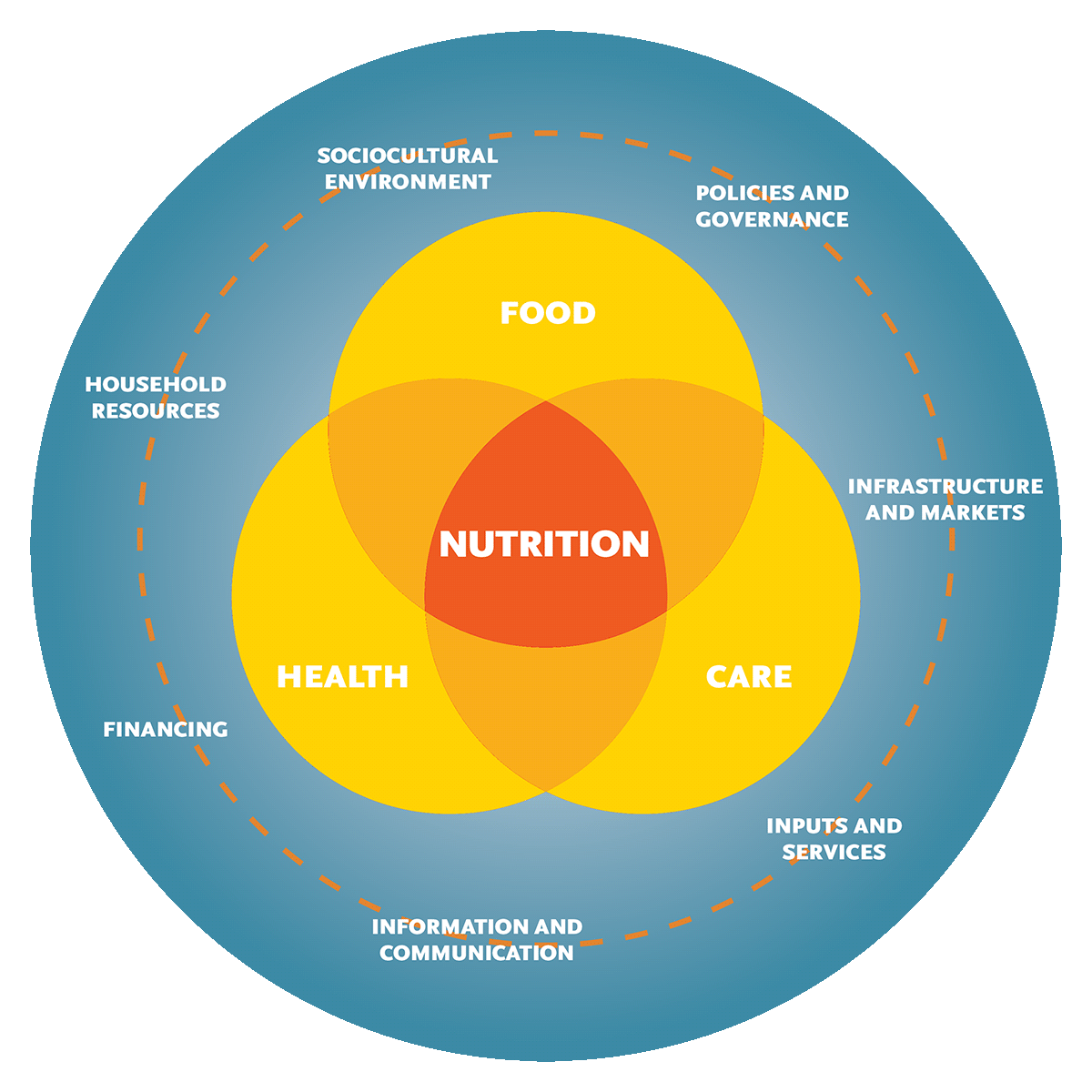
Systems thinking informs SPRING’s work in three areas
1.Generating evidence around how complex dynamics impact nutrition
2.Creating and testing tools for improving nutrition through systems thinking
3.Assessing the nutrition landscape through a systems lens
Generating evidence around how complex dynamics impact nutrition
SPRING has pioneered efforts to gather and build evidence on the role of systems in achieving scale for nutrition programs. SPRING’s Pathways to Better Nutrition Case Studies took an innovative approach to documenting the influence of multi-sectoral national nutrition action plans at the national level and in a few districts. Because our country-driven research took place over multiple years, we were able to provide a rare time-series view of changes in planning processes and funding mechanisms for nutrition.
SPRING’s Pathways to Better Nutrition Recommendations
Policy
Clear, long-term, multi-stakeholder policies are critical for increasing the commitment to improved nutrition.
![]()
- Take a long view of scale-up
- Reach the local level
Drivers of Change
A strong, supportive, and dynamic enabling environment needs to be created to carry out the policy.
![]()
- Work within sustainable structures
- Address human resource constraints
- Launch monitoring and evaluation (M&E) framework
Prioritization
Prioritization of nutrition during yearly sector workplanning determines the amount of funding, time, and effort it will receive.
![]()
- Align with priorities named in nutrition plan
- Embed nutrition in sector and organizational plans
Funding
Increased funding for nutrition (and, importantly, spending of that funding) means greater implementation of high-impact nutrition activities. These activities should lead to gains in healthy and productive life years.
![]()
- Use budget as planning tools
- Invest in key drivers of change
- Consider formal funding mechanisms for nutrition
Click here for more information about SPRING's Pathways to Better Nutrition work.
Creating and testing tools for improving nutrition through systems thinking
These tools are created to help policymakers and other stakeholders identify gaps, and integrate nutrition into food, health, and other systems.
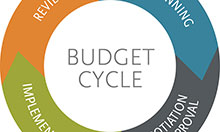
Budget Analysis Tool
An easy-to-use tool and process guide for stakeholders to better understand nutrition funding by donors and government ministries
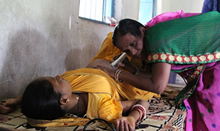
Nutrition Workforce Mapping Toolkit
Tools and process for mapping nutrition services provided by the health workforce, based on policies, job descriptions, training curricula, managerial reports, and observations
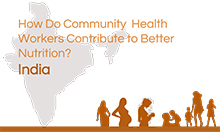
Community Health Worker Nutrition Advocacy Tool
Graphically appealing and user friendly slide decks on the role that community health workers play in delivering evidence-based, cost-effective nutrition interventions that can help stakeholders advocate for increased commitment to nutrition by health services and community programs
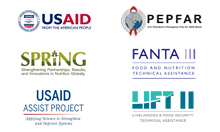
Tools for Rapid Evaluation of Facility-Level Nutrition Assessment, Counseling, and Support
Tools for rapidly assessing the capacity of health facilities to implement nutrition services for pregnant women, children, and people living with HIV
Assessing the nutrition landscape through a systems lens
Through webinars, research, and partnerships SPRING has been able to share lessons learned, and help others incorporate nutrition across multiple sectors.
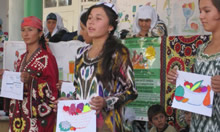
Defining Scale-Up of Nutrition Projects
This working paper defines scale-up and the types needed for effective and sustainable programming. It also provides a starting point for discussions on measuring the effectiveness of scale-up efforts and key principles for wide-scale nutrition program implementation.
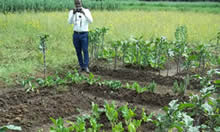
Engaging Extension and Advisory Service Providers in Nutrition-Sensitive Agriculture
This two-part webinar series explores efforts to integrate nutrition into agriculture extension programming
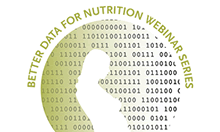
The Better Data for Nutrition Webinar Series
Through this series of webinars SPRING discussed tools for and solutions to addressing data gaps, making better use of data, and contributing to the global evidence-base.
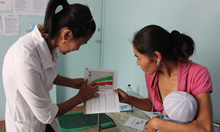
Raising the Status and Quality of Nutrition Services
This webinar highlighted efforts to improve nutrition services provided by a range of service providers, by building a strong foundation, providing support to service providers, and generating demand for those services.
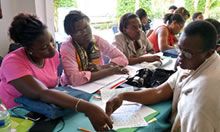
Resource Reviews
A selection of materials featuring research and developments related to strengthening systems for better nutrition. Articles are updated quarterly.